(Many thanks to Myers Sugg for making his files on Lakewood Park available to me, and to Marcus Latta, whose recollections extensively document the park.)
Looking north from Chapel Hill Road, around 1910.
(Courtesy Durham County Library / North Carolina Collection)
The Durham Traction Company, which purchased the city's streetcar system in 1901, was owned and operated by Richard H. Wright, who started his career in Durham as a partner with Duke family in Duke and Sons Tobacco (he bought out Washington Duke's share upon the elder Duke's retirement.) Wright had a major falling out with the Dukes, accompanied by years of litigation, but became a major real estate developer with the Durham Consolidated Land and Improvement Company, which developed a significant portion of Trinity Heights and Walltown. He, along with Julian Carr - his partner in the DCLIC, purchased the old horse-drawn railway and went about converting it to an electric trolley system, powered by an electric plant on Blackwell St.
One strategy in bolstering ridership on the streetcar line was to build an amenity - a destination - at the end of the line. This was done in more than a few cities, and Richard Wright sought to create this destination in Durham through the development of Lakewood Amusement Park.
The area around Lakewood Park was a sparsely developed, rural area along the Chapel Hill Road south of Maplewood Cemetery (the previous end of the streetcar line,) and the site itself was low-lying land on the north side of the road. A stream running through this land had been dammed up sometime in the late 1800s to form a shallow lake, which was a popular spot for summer swimming and baptisms. Wright extended the streetcar line to this spot, and began developing entertainment and diversions on the open land around 1900. This included a multitude of frame buildings with concessions, games, dancing, rides and more. Wright extended the streetcar line to have two stops at the park - one at "The Casino", where theater performances were held, and another a bit further southwest, at the main entrance to the park.
Interestingly, despite the fact that, in other cities, the builders of such systems often took advantage of the cheap land along the new line to develop houses - which suddenly had significantly higher value due to their construction of the line. (Something we can't seem to understand in today's climate.) Despite his other real estate efforts, including his eponymous corner downtown Wright did not develop real estate in Lakewood.
Lakewood Park opened Sunday afternoon July 20, 1902. The park was crowded from opening day, with its multitude of colored electric lights. You have to imagine the spectacle of open air entertainment lit by hundreds of electric bulbs, at night - something unheard of at that point in time.
People from all around Durham would crowd into the streetcars to ride from other parts of town out to the 'country'. Lakewood Park was only open in the summer, and in the summer the Traction Company had summer cars, no windows, seats down each side. There were two bars on the outside of the windows to protect the riders from a fall. As one writer for the Herald wrote in 1960:
"Nearly all the seats had been taken when we boarded the trolley at Five Points. The nonchalance of the conductor was in marked contrast to our enthusiasm as he walked about a platform on the outside of the car and retrieved fares through the open windows. At each stop out Chapel Hill Street, the car became more crowded - as if everyone were going to the same place. The car rounded the curve at Maplewood Cemetery. In another 10 minutes, we'd be there... Lakewood Park."
The streetcar would first stop at the Casino, at the corner of Chapel Hill Road and Lakewood Avenue, across from Rolls Florist. The Casino was a rather large wooden building with lots of lights around the entrance. Inside was a huge auditorium with rows of opera-type seats and a big stage with velvet curtains. Enormous crowds would gather to see shows. In the summer months, summer stock companies would travel to Durham to give performances. There were shows nightly, using professional actors and local talent, including many locals used as extras, and "laughter [would float] through shuttered windows of the Casino" during performances. The theater at the Casino was run by David Runkel and his Runkel Stock Company. The Runkels lived next-door at 1807 Lakewood Ave.
The streetcar stopped in front of the Casino.
(Courtesy Durham County Library / North Carolina Collection)
Rear view of the Casino.
(Courtesy Durham County Library / North Carolina Collection)
The next stop of the streetcar was the entrance to the park. As you would enter, on the left side of the walkway was a large field. It was used for different things, one being a baseball field. At times it was used for a parking lot, and at other times it was used for tent meetings, and termed 'Evangelist Green'. It was a spot of high emotion that "stirred people to doubt their salvation."
Likely the entry of the park (in the background) - this is a shot of one of Sidney Rochelle's bicycle outings. Rochelle lived just up the road on Chapel Hill Road. Note that this photo is unlabeled, and I can't confirm that it is of Lakewood.
(Courtesy Durham County Library / North Carolina Collection)
The streetcar at the end of the line, prepared to head back to Mangum St. Lakewood Park is advertised on the 'cow-catcher.'
(Courtesy Myers Sugg)
There were lots of outdoor benches where you could sit and enjoy seeing friends and people walking along the walkways (the Midway.) People would bring picnic lunches, and at night it was cool and relaxing. The Light and Traction Company had hired a man named Tom Foster to manage the park. Mr. Foster would invite churches to come to the park for picnics. Sometimes there would be 2 or 3 on the same day. He would eat with each of them. As a treat, he would give them free tickets to ride the merry-go-round. People would eat watermelon slicings and you could smell barbecue cooking.
Picnic at Lakewood Park
(Courtesy Myers Sugg)
The first building past the main entrance was the drink stand - there was a large opening when you entered. The doors folded back, and inside was a long soda fountain, where you could buy an ice cream cone (chocolate, strawberry, or vanilla) or a soda or an orange drink. In back was a large room with tables and chairs where you could go and relax and enjoy a soda. The windows would open on both bottom and top. Mr. Foster's office was also in this building, which also had a music room where records were played for the entire park.
When leaving the drink stand, and only a short distance away, was the merry-go-round. It had a fence around it so the children would not get hurt. There were lights and "wheezy organ music" and brightly painted horses that children all wanted to ride. A ticket cost 5 cents. The first merry-go-round was operated by Emmit Rigsbee and Charley Proctor.
The Merry-Go-Round
(Courtesy Myers Sugg)
On the west side of the merry-go-round was a line of concessions. At the first, you could try to knock the wooden milk bottles off of a shelf, which cost a dime for three balls.
Next was the shooting gallery. It was protected with heavy metal on the back and sides for safety. There were two chains moving across the back: one had ducks, the other squirrels. For 25 cents you would get 3 shots with a .22 rifle to try to knock a duck or squirrel over as they passed by.
Next was a place where children could try to catch a fish. There was a metal circular trough about 14 in. wide and 12 in. deep with a pump that would make the water go around like a river stream. There were metal fish, each with a hook on its head, that moved with the flow of the water that people would try to catch. Some of the fish had a number. If you caught one with a number you would win a prize. It cost 10 cents to fish.
Next was the doll house, a place where there were three rows of dolls sitting tight on each board about 15 feet back. The dolls were small with a lot of feathers around them. If you didn't hit a doll the ball would go through the feathers and would not knock the doll off. It cost 10 cents for three balls.
Just north of this was the skating rink, which was a center attraction. The roller skating rink was vast in size - a very large wooden building about 200 feet long and 50 feet wide, with music playing at all times to entertain the crowds, mingling with "the grinding roar of a hundred rolling wheels on the skating rink floor." It had a porch at the entrance, and inside there were bleacher type seats, about 3 seats high where people could sit and watch the skaters. You could rent skates, which cost 25 cents an hour. At times professional skaters would come in and do all types of tricks on roller skates.
Across from the skating rink was the pavilion, another large building, which called the Dance Hall by some. The sides were open, and typically an orchestra or band was playing; orchestras came from all over to perform while the crowds danced the night away. Joe King's orchestra was a popular act. Other people would sit around on benches and just listen to music. It was also used for other things, such boxing and wrestling. If it looked like rain and a picnic was scheduled, it would be in the pavilion.
Lakewood Park, possibly the pavilion and a gazebo in the background.
(Courtesy Myers Sugg)
Same area as just above, from the other direction.
(From "Durham: A center of industry and education")
In front of the pavilion was a large open space with no buildings which would host special events - from Mr. Marcus Latta's description:
"Mr. Foster was always looking for something new that the people would enjoy. He would have small circuses, carnivals, and magician shows. One year he had a hot air balloon with the gondola below. Either the man or his wife would ride when the balloon was turned loose. All the people were excited. They had not seen a hot air balloon before. The next year there was the high diving horse. He would walk up a long ramp to a platform that was 30 or 40 feet above the water and dive in. The water hole was about 30 feet square, and about 25 feet deep. A man and his wife at different times would ride the horse when he would dive. There was always a crowd when it was time for the horse to dive."
Several couples even married at the top of the platform and 'consummated' their marriage by diving off the platform with the horse. Carnivals would come occasionally to 'add to the activity', replete with "gypsies."
This was also the area to watch the "brilliant" fireworks. The fireworks display on the 4th of July was said by many to be the best, by far, they had ever seen, and the crowds were "so vast you could hardly move."
Moving northward from the pavilion was the bowling alley; it too was a wooden building. There were 2 bowling lanes, with ten pins or "duck pins."
On the other side of the bowling alley was a place enclosed with a net. There was a baseball throwing machine. The chain had a cup for the ball. As the chain moved around it would throw the balls for you to try and hit. On the back was a large bull's eye. If you were lucky and hit the bull's eye, you would get a home run. You could get a triple, double, a single, or strike out.
In front of the bowling alley was the roller coaster. People would stand around watching; some in line to buy a ticket. It was 25 cents a ride. There were 3 cars that would seat six people each. Each car would lock onto a chain that would pull the cars up a steep incline to the top, which was about 65 feet high. Then the thrill would really begin. As the cars would turn the curve and head down the long incline, the children would be screaming as the car turned and twisted about the curves to the place where they started.
The Lakewood Park roller coaster.
(Courtesy Myers Sugg)
Down from the roller coaster was the old lake, which had predated the park. It had a mud bottom. Several springs supplied water for the lake, which was about 1/2 acre in size. The dam was made of dirt, and was on the lower side. It was drained soon after a new concrete pool was opened. The new pool was modern, and advertised as "the most sanitary pool in the south," with dressing rooms and a shower. When you changed clothes you would put them in a box and check them in at the ticket office. The pool was about 2 feet deep at the shallow end and about 8 feet deep at the deep end with a high dive and spring boards. During the summer when it was hot, it would be very crowded.
The empty pool.
(From "Durham: A center of industry and education")
Evidently a hot day.
(Courtesy Duke Rare Book and Manuscript Collection, Wyatt Dixon Collection)
Up from the pool was a large playground for the children. There were lots of swings, sliding boards, see-saws, and sandboxes.
During the early part of the 20th century, Lakewood was a beloved destination for people of Durham as well as a much wider geographic area. Part of the reason for this was extensive advertising. The advertisements, including large billboard signs for the "Coney Island of the South" showed people sitting on a beach in swimwear. The story goes, this resulted in a man from "up north" calling to reserve a "room overlooking the water."
The Casino operated for many years behind the vision and talent of David Runkel. However, Mr. Runkel died prematurely following an operation for appendicitis; the Casino closed soon after his death and was torn down by the 1920s.
Things were changing by the 1920s; the automobile was becoming very popular, and people who could afford one were buying. They were going for a ride or visiting relatives, or visiting friends out of town - not to the park as before. In 1929 and 1930, with the arrival of the Depression, fewer were coming to the park and less dollars were being spent. The Durham Traction Company sold the streetcar system to the Durham Public Service Company and the streetcar lines were shut down. The last streetcar was discarded in 1932 - many of them loaded onto train cars and shipped to other cities.
Mr. Foster continued to operate the park until his lease expired. The Durham Public Service Company wanted him to operate the park on a 1-year lease, but he would not accept the offer. It closed in 1932.
The Durham Public Service Company then hired a manager to operate the park. His name was Mr. Vidal and he reopened the park in 1934-35, but it then closed again for good.
The buildings were torn down sometime between 1937 and 1953, and the forest took back the park.
Sanborn Map of the park in 1937, after closure of the park - the casino and several other buildings are already gone.
On November 12, 1947 the Duke Power Company (successor to the Durham Traction Company and Durham Public Service Company) sold the land to Mary R. Few for $30,000 [DB174,P61], wife of former Duke University president William Preston Few.
In 1953, when Wyatt Dixon wrote an article about the park for the Durham Sun, he described his expedition to the site of the park:
"The dam for the original pool still remained a bleak reminder of that other day when the writer last roamed the area. The concrete pool, long unused, is still in its place. All other signs of the once popular pleasure resort long since have disappeared."
An aerial of the site of Lakewood Park, 1959. You can just make out the squared outline of the old pool just under where someone wrote the number "5" on the original photo.
Mary and her son Randolph R. Few began development of a shopping center on the former park site, initially named the "Durham Shopping Center," in 1959
RR Few at the temporary offices for the "Durham Shopping Center"
(Courtesy Dana Few Pope)
By September of 1959, grading for the new shopping center was underway.
(Courtesy Dana Few Pope)
Durham Morning Herald - 09.05.59
Grading, 1959 (Courtesy Dana Few Pope)
Bird's Eye view of the cleared land looking northwest, ~1960
(Courtesy The Herald-Sun Newspaper)
"First Block and Brick" - 02.10.60
(Courtesy Dana Few Pope)
Construction, 1960
(Courtesy Dana Few Pope)
It appears that the shopping center opened on December 2, 1960. Work continued to expand the parking lot over the next several years.
Looking northwest, 06.10.63
(Courtesy The Herald-Sun Newspaper)
(Courtesy Dana Few Pope)
Looking northwest at the north end of the developing property, 07.12.62
(Courtesy The Herald-Sun Newspaper)
Looking south, up towards Lakewood Ave. and Chapel Hill Road, 07.12.62
(Courtesy The Herald-Sun Newspaper)
Looking south from the property towards Chapel Hill Road, 07.12.62.
(Courtesy The Herald-Sun Newspaper)
A more straight-on view of the shopping center, further along in construction.
(Courtesy The Herald-Sun Newspaper)
From Chapel Hill Road, a bit further along in construction.
(Courtesy The Herald-Sun Newspaper)
Completion of the entrance to Lakewood Shopping Center.
(Courtesy The Herald-Sun Newspaper)
I find it a bit amusing how the proprietors sought to bring the good elements of the old way with them - so the Woolworth's at the shopping center would have the same lunch counter that the Woolworth's downtown did.
The Woolworths lunch counter, Lakewood.
(Courtesy The Herald-Sun Newspaper)
By 1966, the Center theater left their original location downtown and built a new theater at the north end of the parking lot - somewhere in the middle of what would have been the old lake.
Above, looking north 11.11.66, with the lake trying to reclaim its territory (just a puddle, actually.)
(Courtesy The Herald-Sun Newspaper)
Lakewood - looking north, with the Center Theater under construction. ~1966. (Courtesy Durham County Library / Louise Hall Collection)
Lakewood - looking west, with the Center Theater under construction. ~1966. (Courtesy Durham County Library / Louise Hall Collection)
My first encounter with the shopping center came in the late 1980s, when I first came to Durham to go to Duke. It was then the "Shoppes at Lakewood" and we would go to Satisfaction's, which was a lot smaller, but more cozy. We also joined a sports bar, with its own basketball court and a lot of pool tables, called TJ Hoops. We'd go to movies at the movie theater - I can't remember if it was still called the Center at that point.
The shopping center was fading already at that point, as retailers had absconded from all of the 60s era shopping centers to the malls - mostly South Square, or shut down. Satisfaction's moved to Brightleaf around 1993, I believe. The movie theater was shut down by the mid-90s.
Center Theater, 1996.
(Courtesy Robby Delius)
The Center's time capsule, mid-1990s.
(Courtesy Robby Delius)
The Duke surplus store moved here from the Cary Lumber Company buildings around 1997 and was a destination at the center until closing up for good in June 2007.
The center had makeover to look like any other mini-mall/shopping center, USA a few years ago. Since the Blue Nile Ethiopian restaurant and Duke Surplus closed, I have no reason to go there.
Looking northwest from Chapel Hill Road, 04.26.08
The former Center Theater / Duke Surplus Store, 04.26.08
As ugly as this example of urban form is, and as anti-pedestrian as it is, I guess the neighborhood at least has a grocery store. But this center could be so much more - what an amazing spot this could be for a dense, mixed-use development that integrates with the community - one that provided parking, but wasn't dominated by parking like this. Unfortunately, like most shopping centers, this one is owned by some out-of-town group that has a portfolio of properties, and that cares little about the community or anything about Durham - other than what kind of return they get on their leases.
But to some degree, the problem is us. We, as a general public, expect easy parking-on-demand, and no more than a few seconds walk to the store from our cars. Retailers know it, and expect copious free parking if they are to sign a lease. Developers need leases, and thus build lots of parking. Surface parking is much cheaper than structured parking, and voila - The above bleakness is born.
Perhaps expensive gas will change this, but we need to provide decent, efficient public transportation. It won't go everywhere, and that's just how it is. Where it does go, and if it operates efficiently (time) and competitively (price), economic development will occur - this is what studies show about fixed-guideway transit systems (rail, dedicated roadway bus systems). Because the route is fixed and certain, people feel confident in development and retail investment.
We can take advantage of this, in the way that Richard Wright didn't, but many others did. By allowing the appreciation in land values to help pay for the construction, we can help fund a rejuvenation of the kind of civilized urban form people once enjoyed - before the false dream - the 'time-saving' advantages of modernism - lured us to thinking we would struggle to fill our free time with all the time saved by not walking, by buying in bulk from the supermarket, etc. Instead we speed from place to place in our vehicles, multi-tasking on smartphones while call-waiting beeps and 6 emails demand more time and attention. Is that our American Dream? Are our lives any freer and more fulfilling for the 'speed' and freedom-of-route that the car culture promised?
Because a ride on the Lakewood Park trolley, with the breeze flowing through the open windows as we ride past the cemetery and turn down Chapel Hill road - strains of music from the orchestra floating through the air and the anticipation of watermelon, barbeque, and an orange soda rumbling in my belly sounds like pretty nice way to spend a day to me.
Lakewood Park buildings, overlaid on a 2007 satellite image.

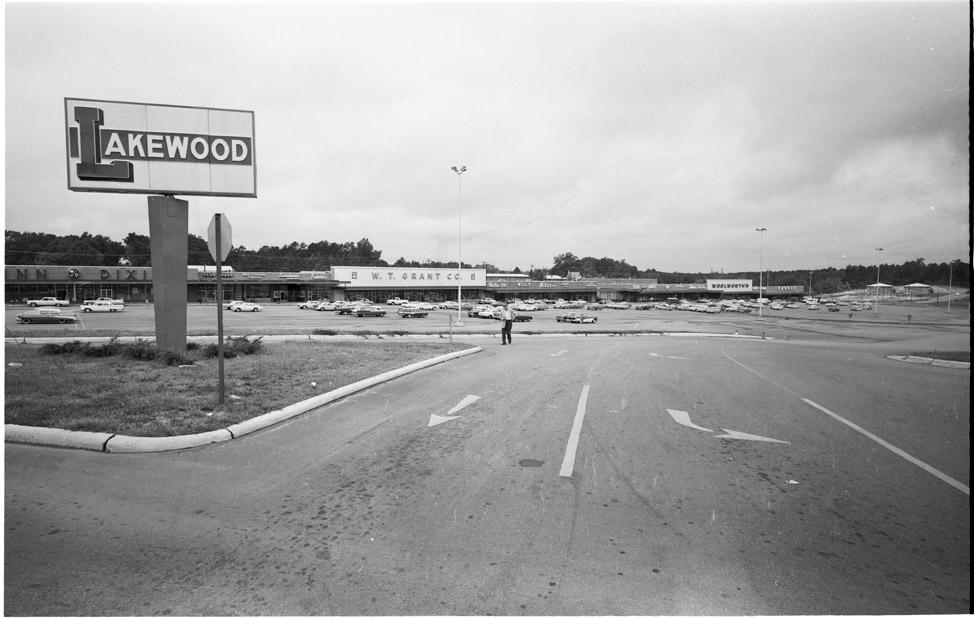

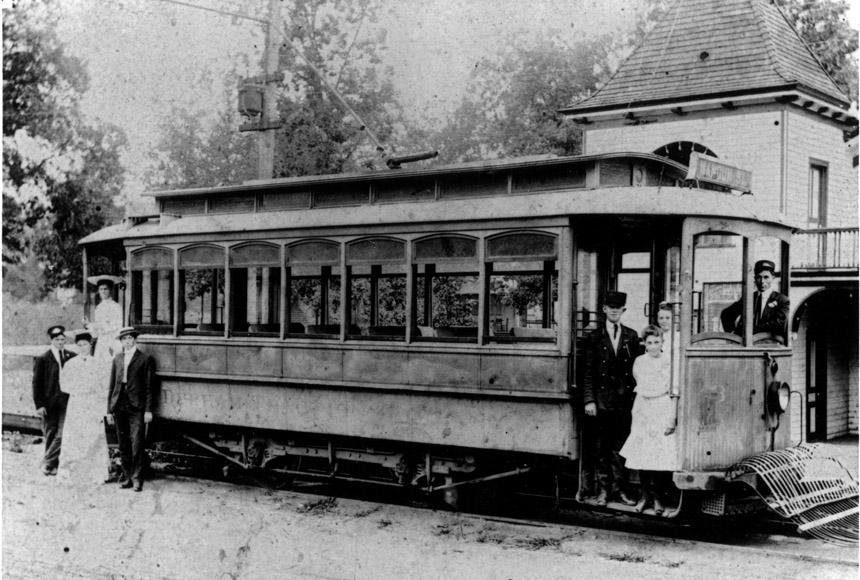

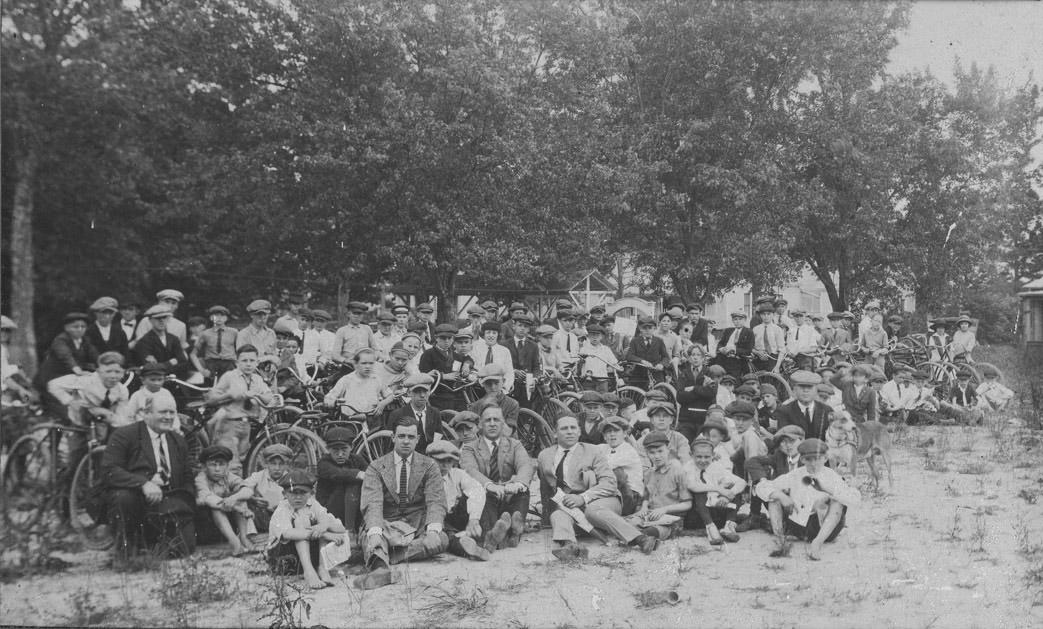
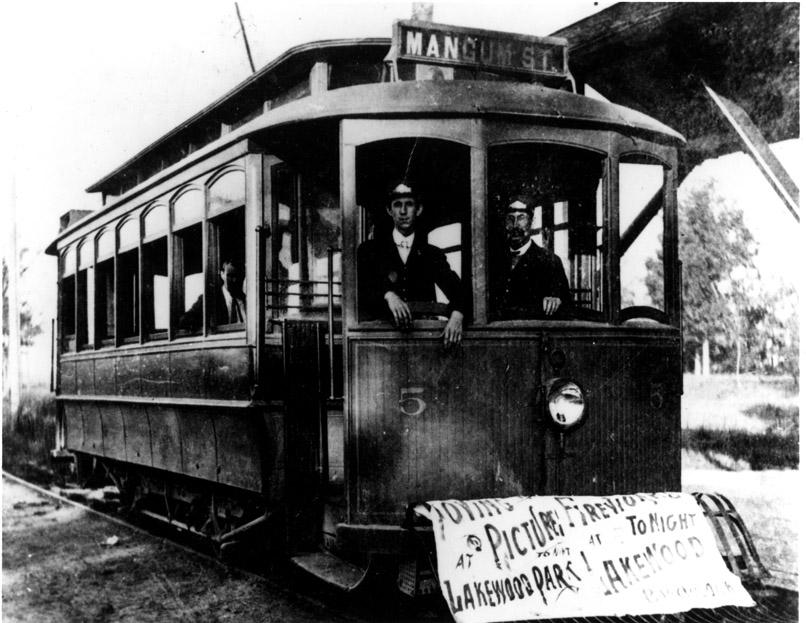

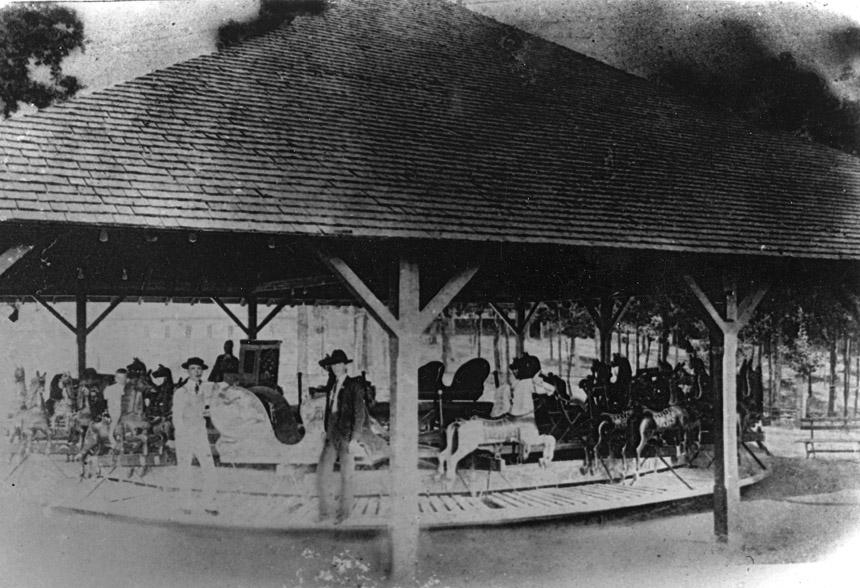
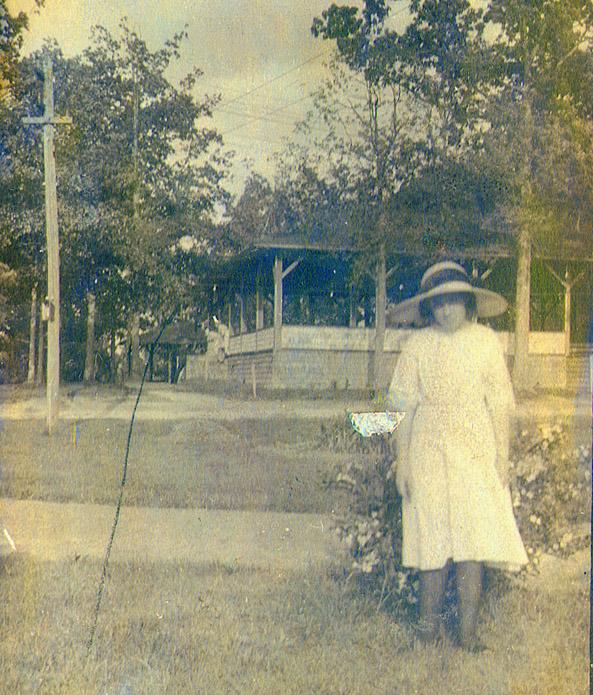
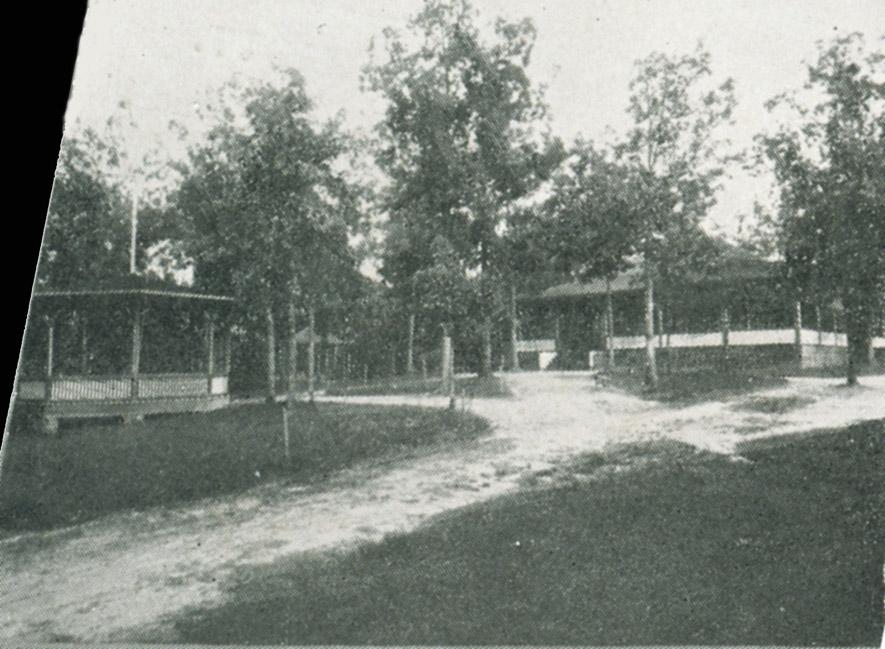
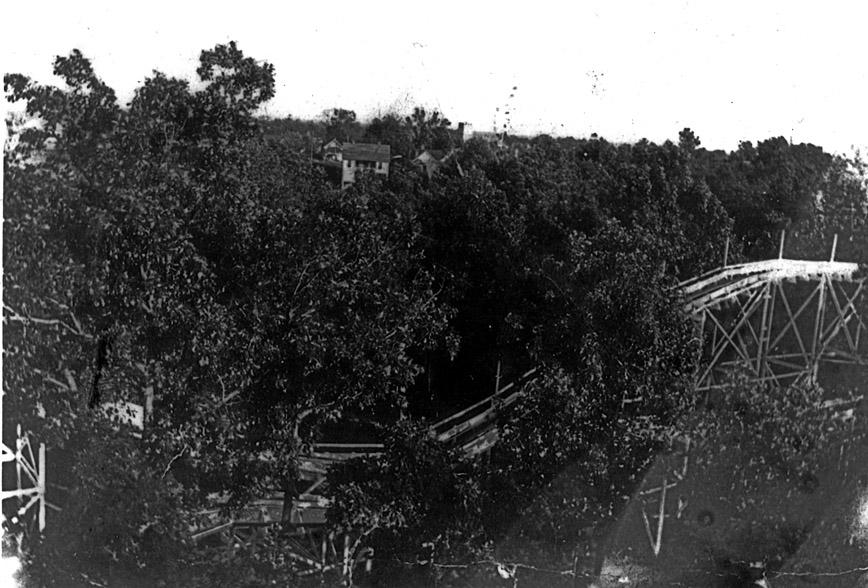

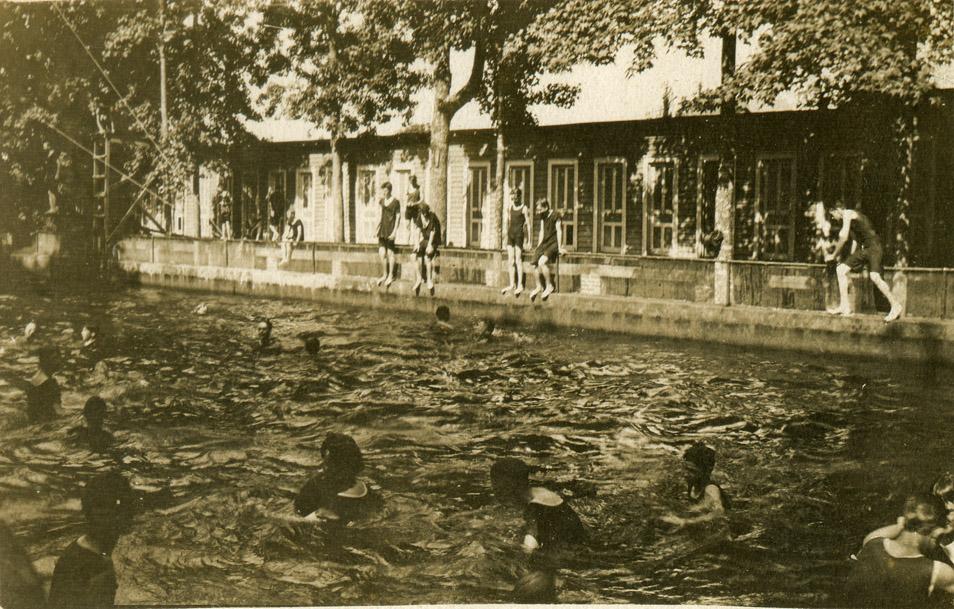
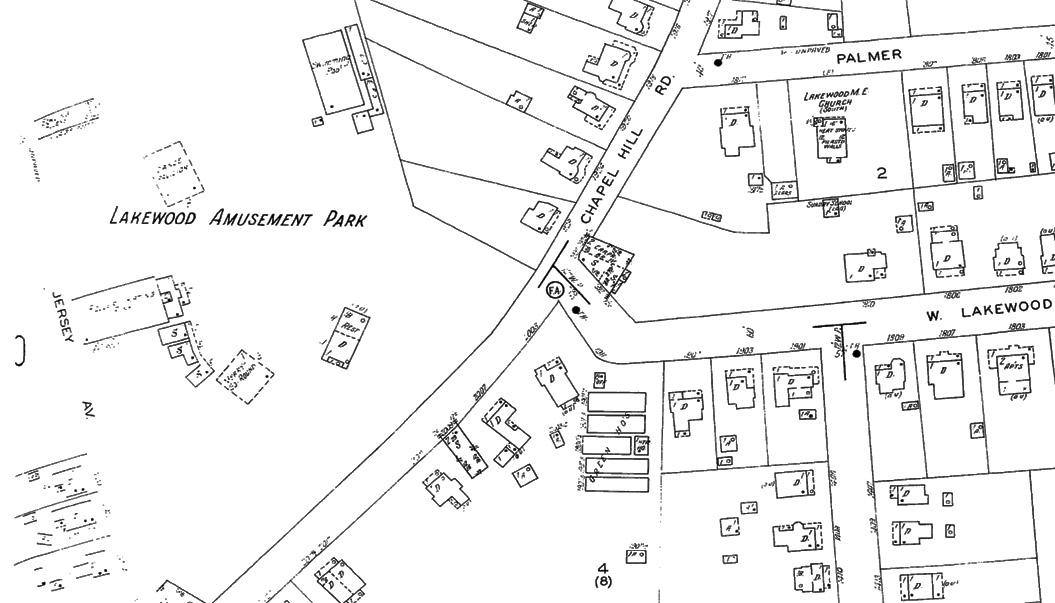
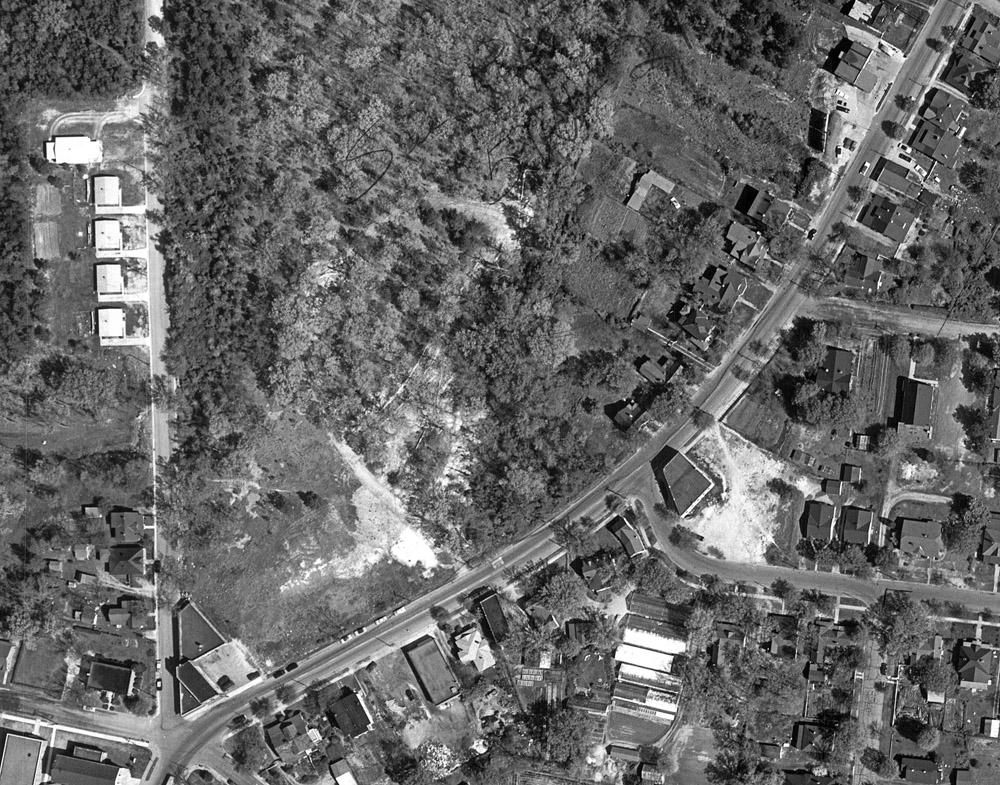
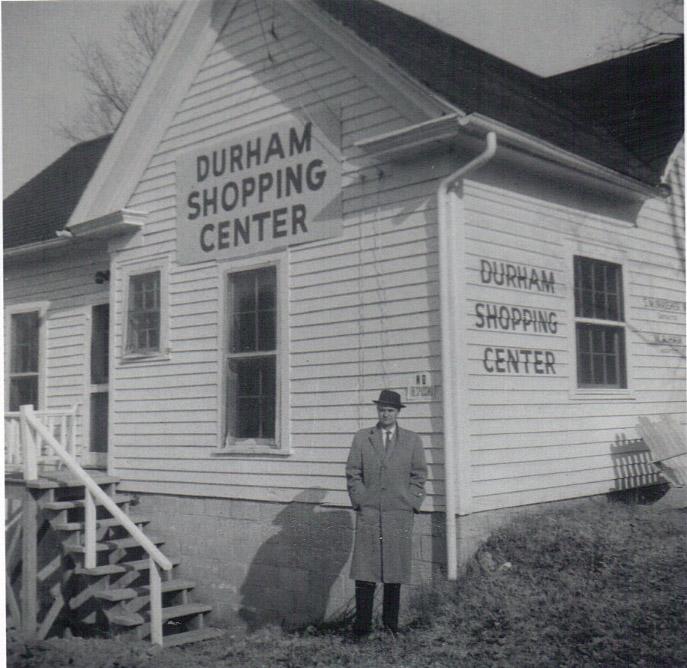
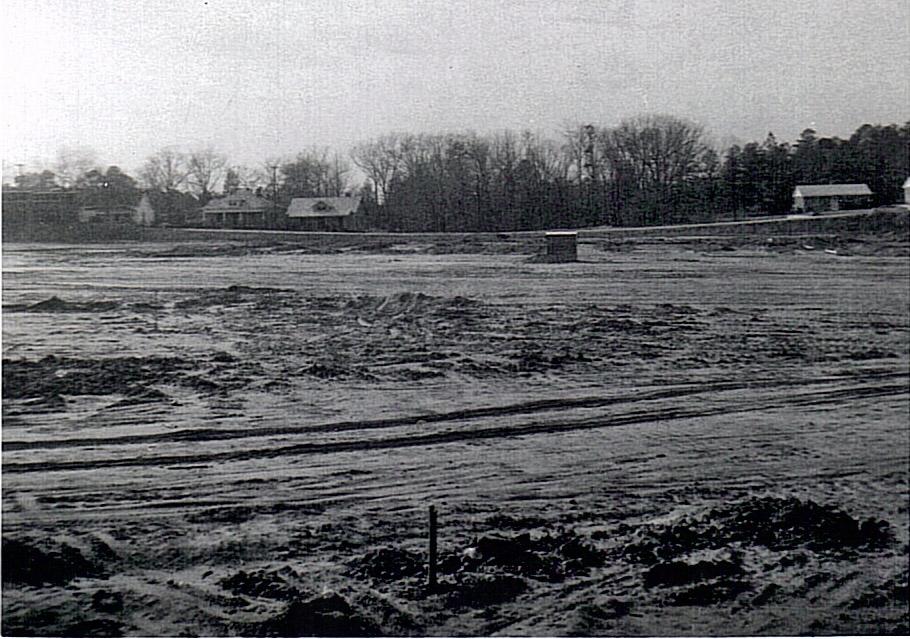
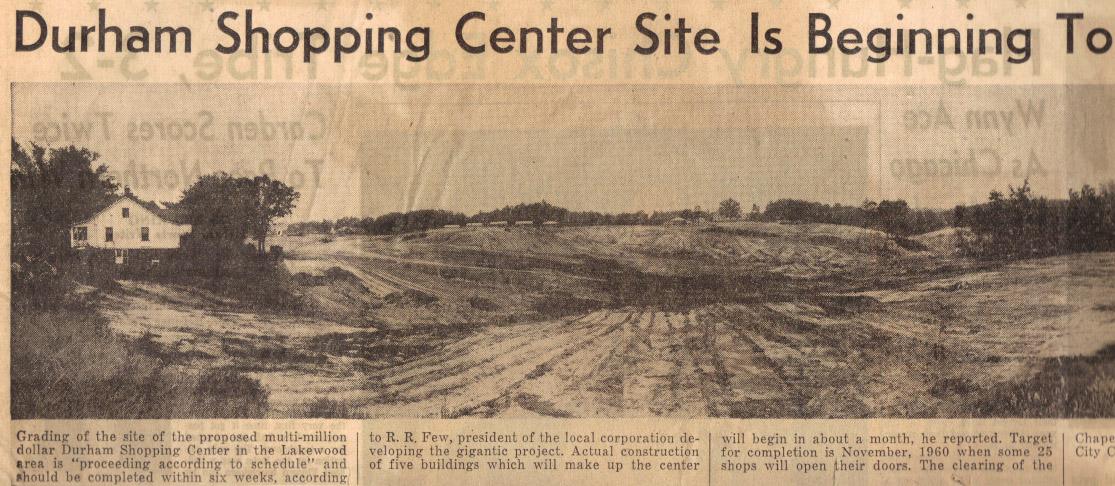
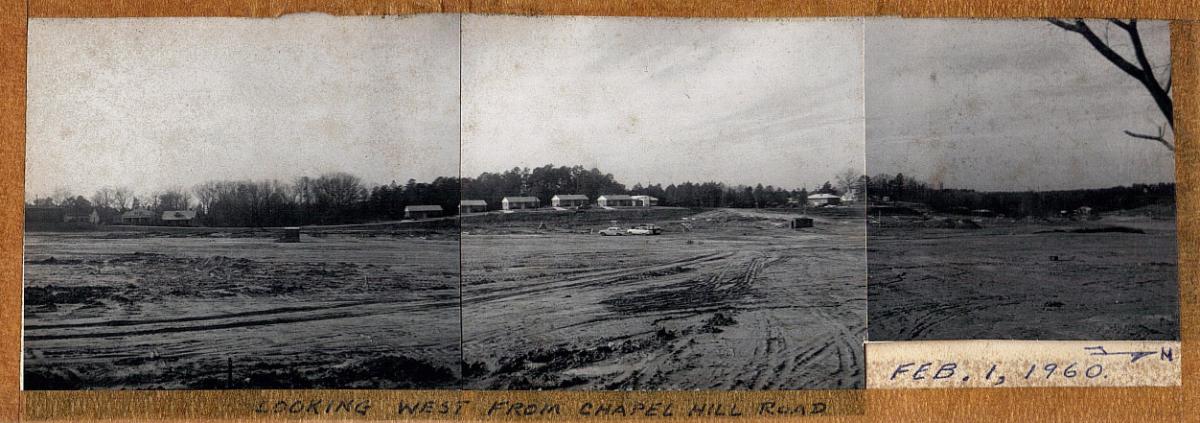
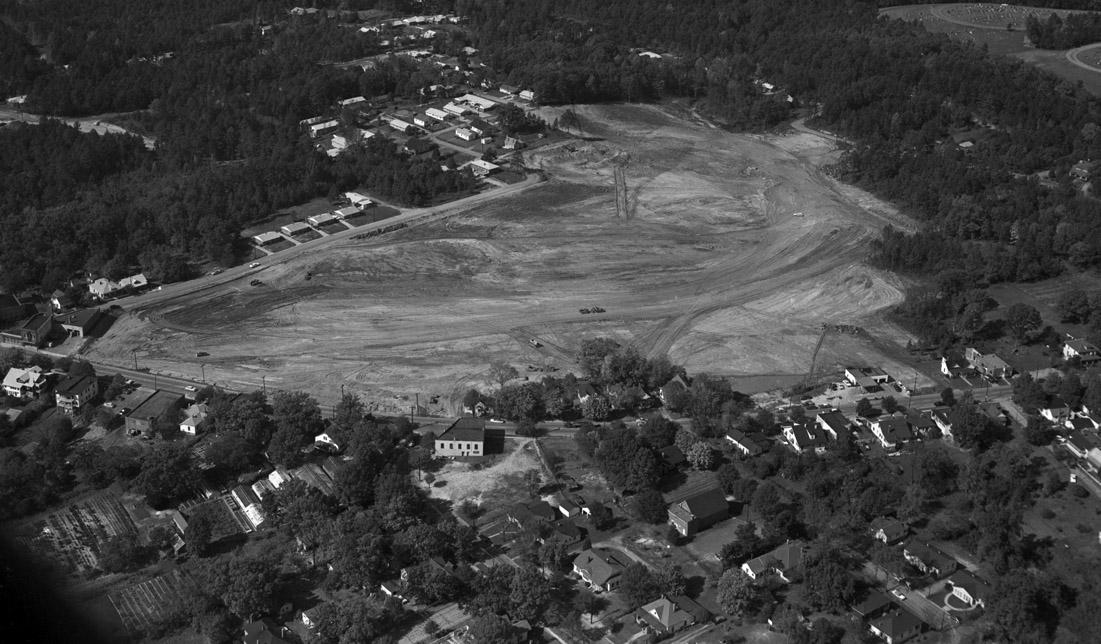
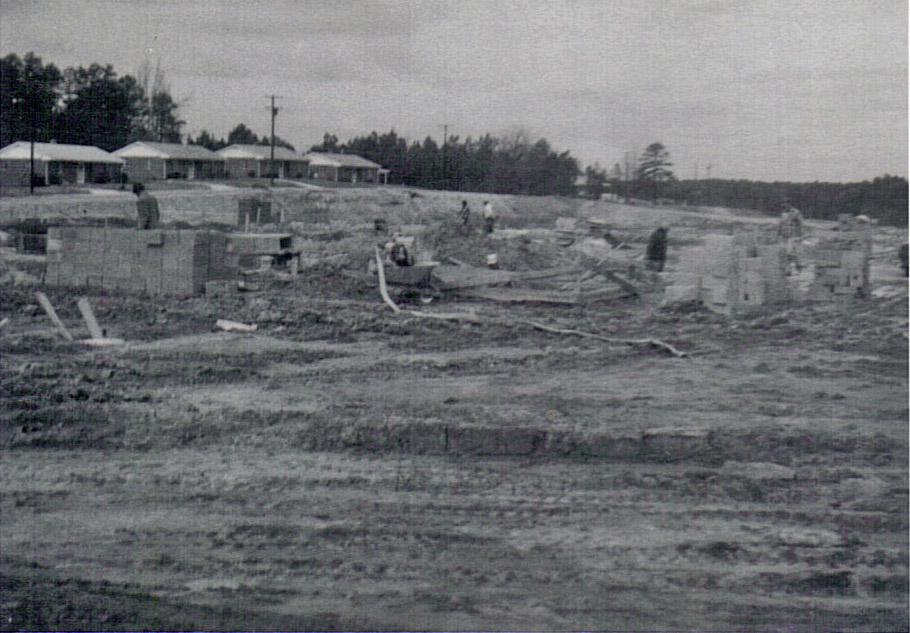
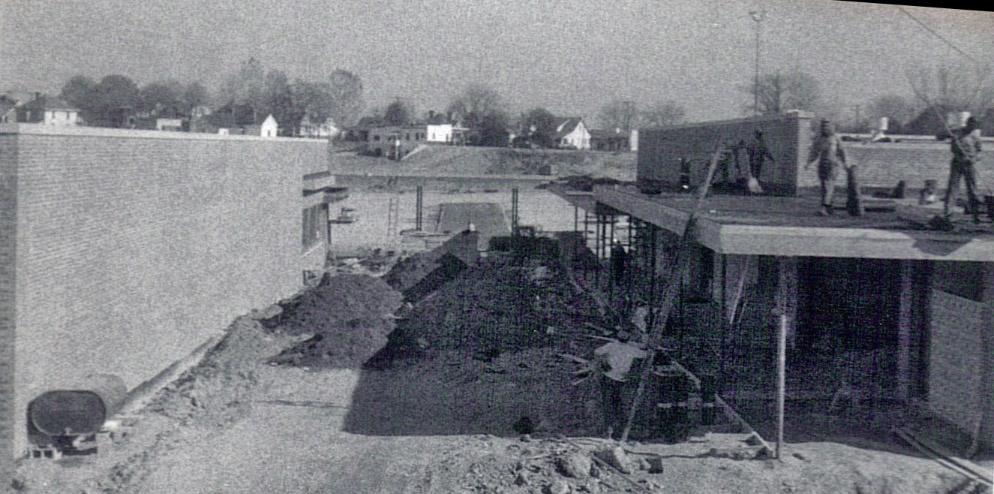
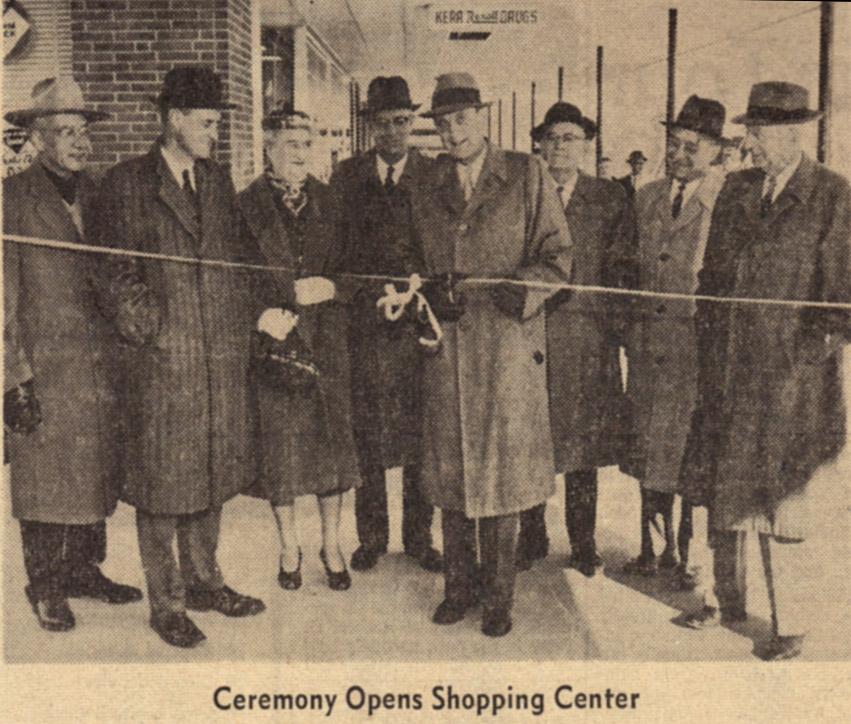
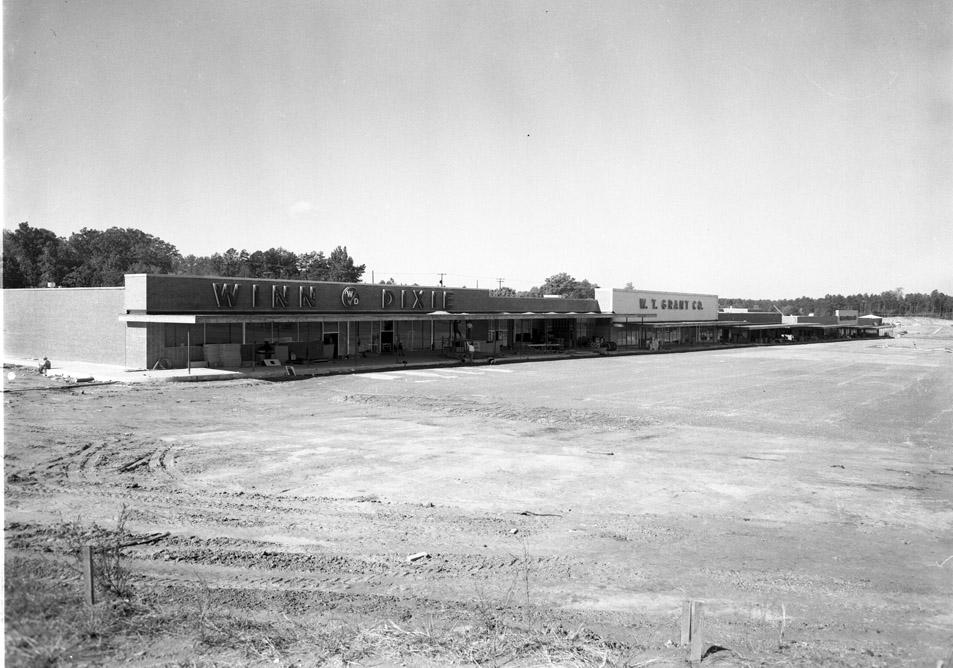
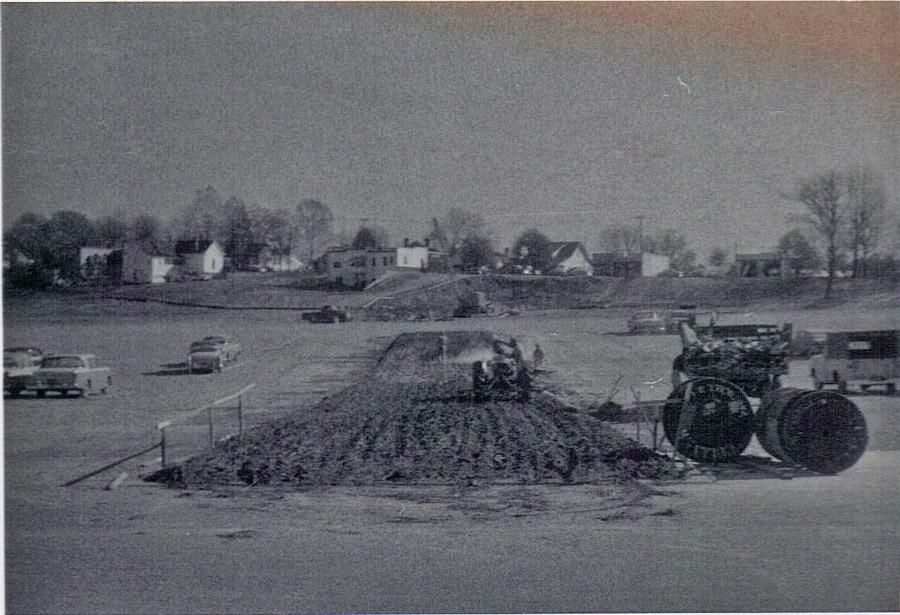
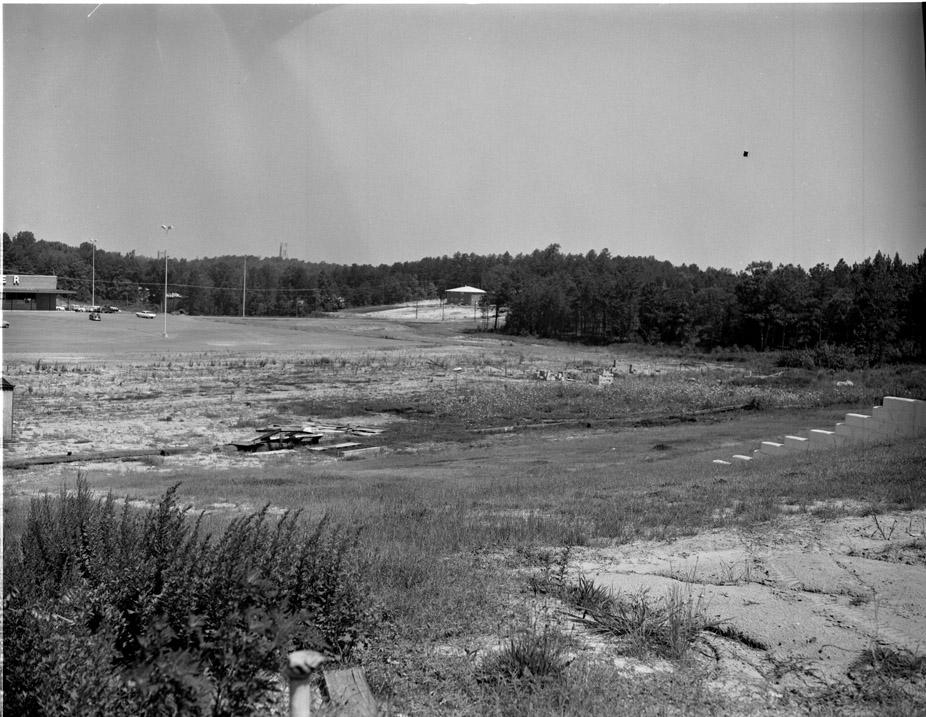
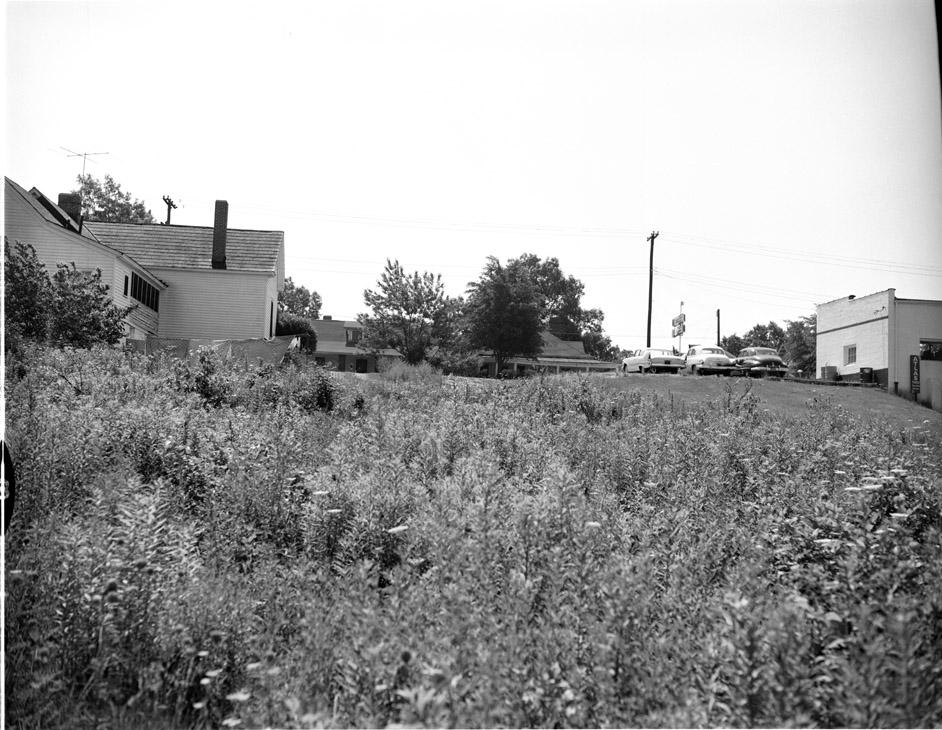

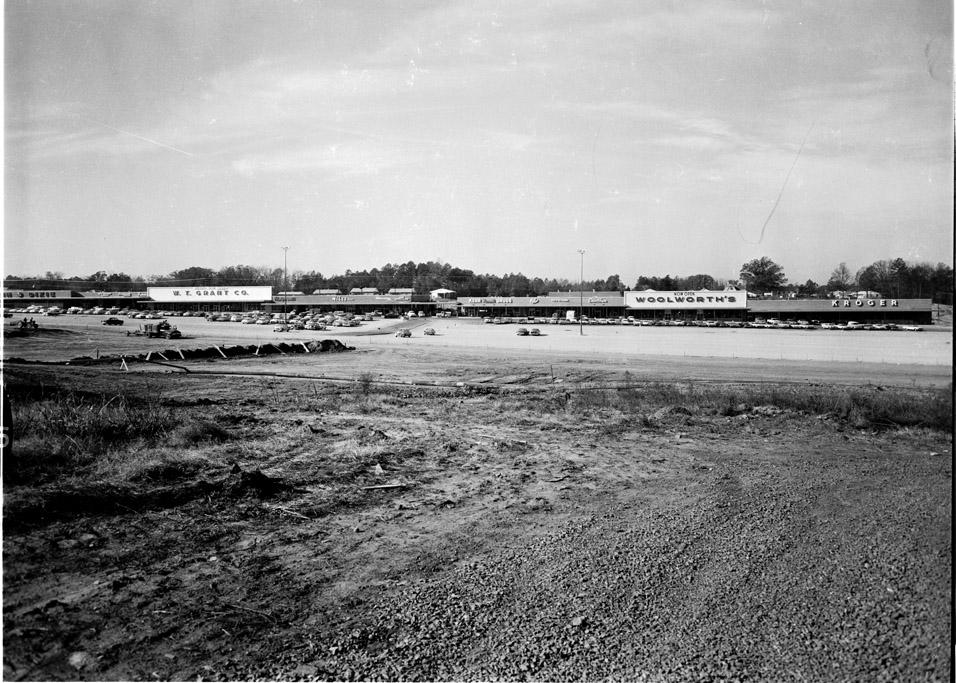
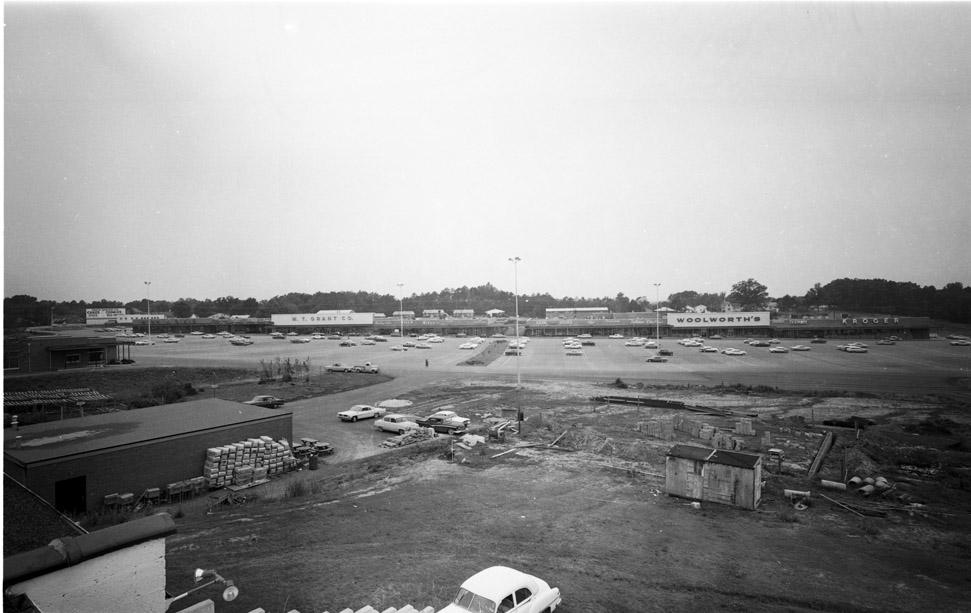
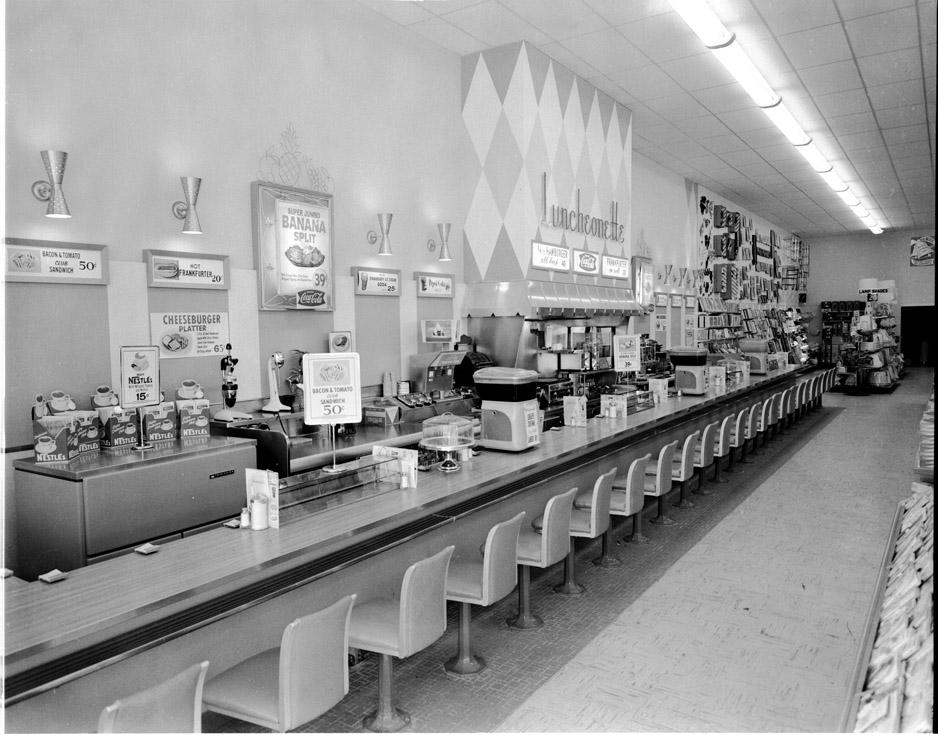
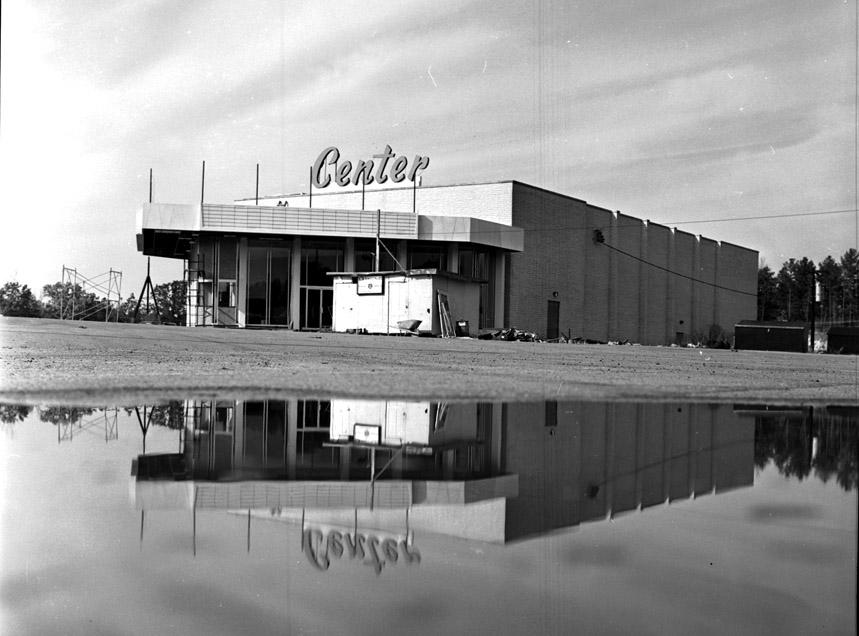
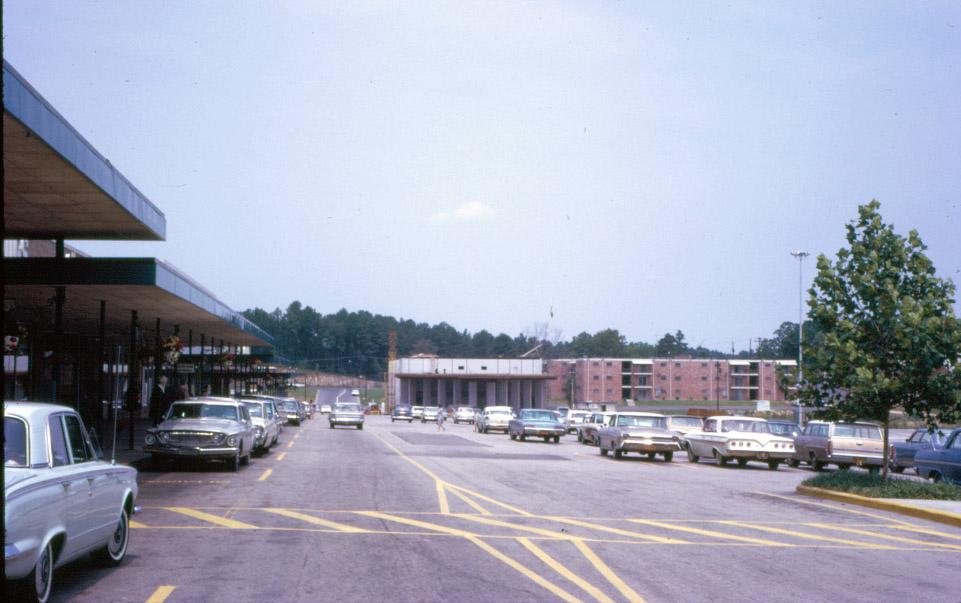
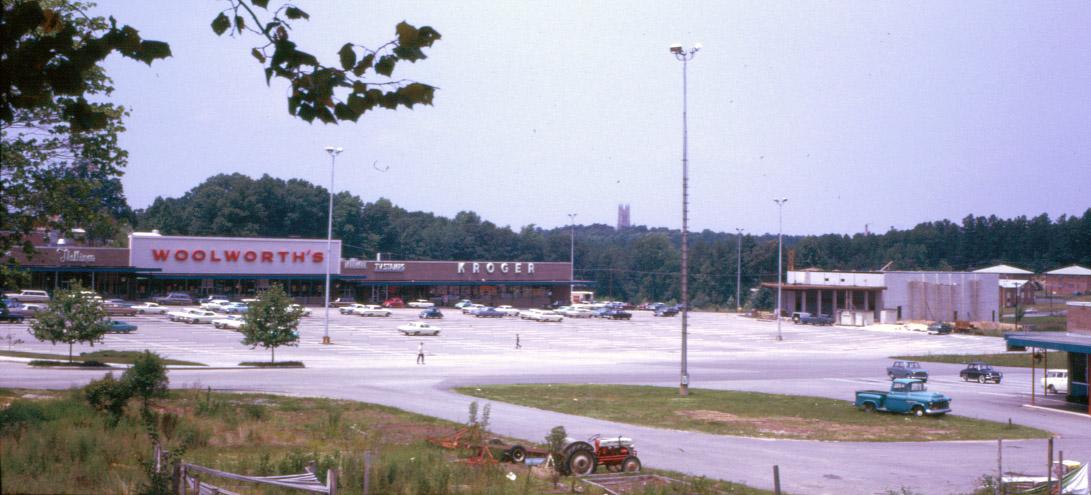

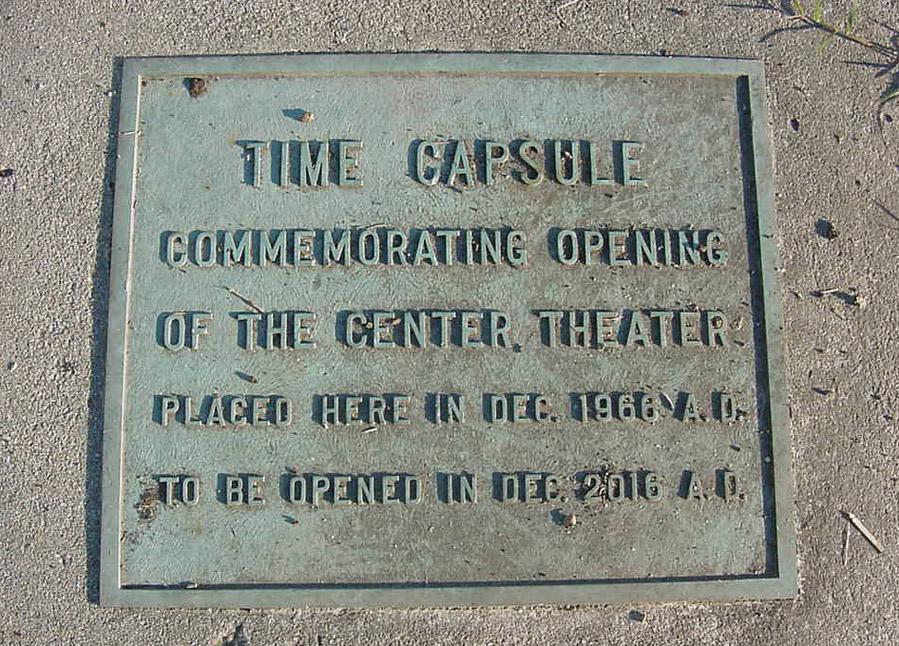
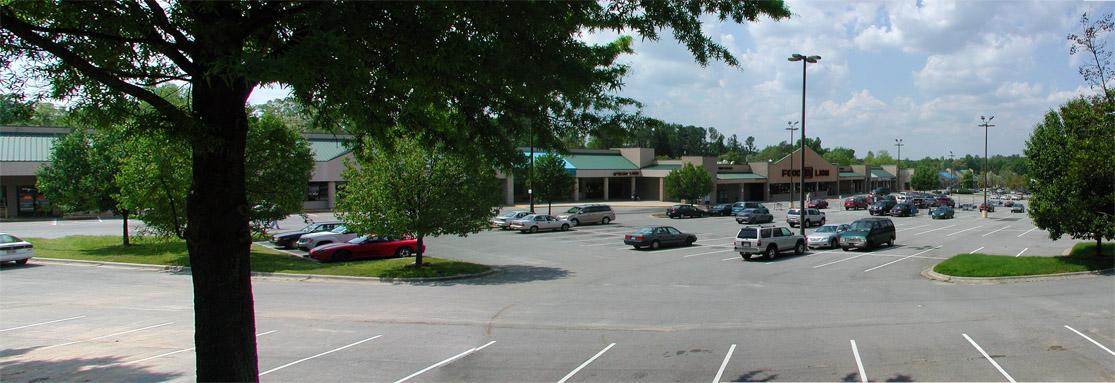
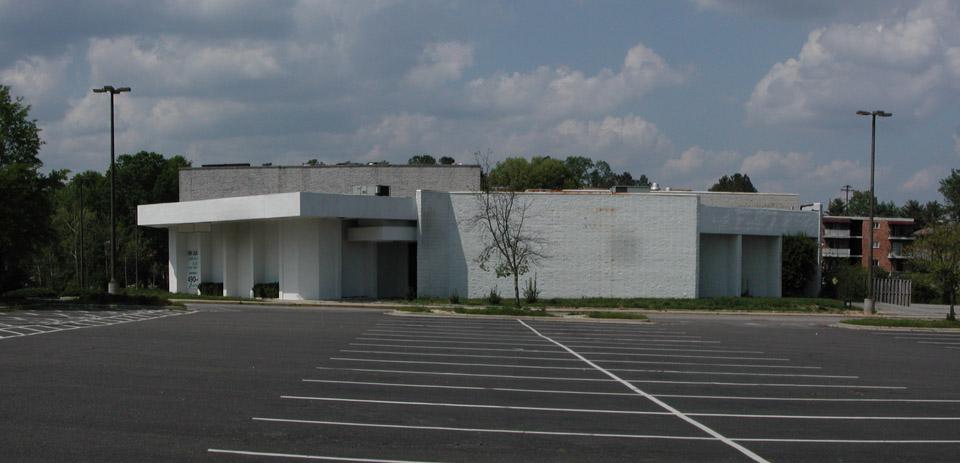
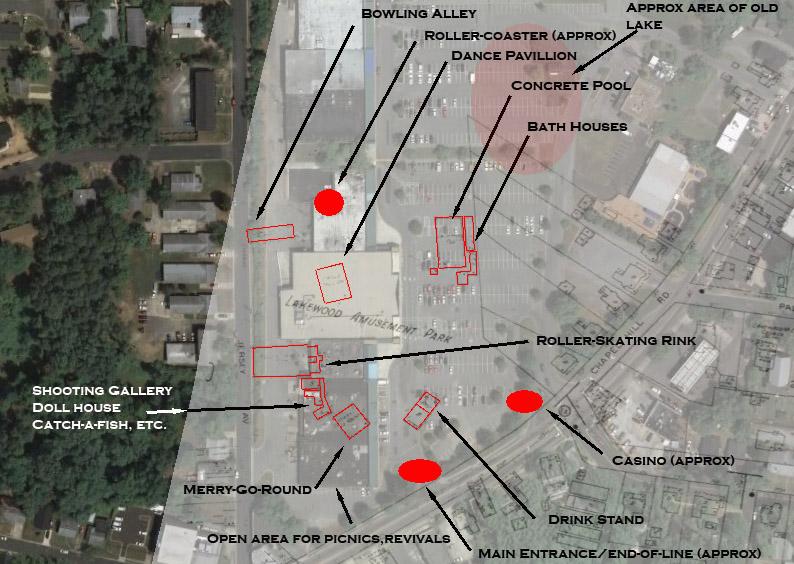
Comments
Submitted by UpsideUp (not verified) on Fri, 11/4/2011 - 1:13pm
Thank you so much for this fantastic piece. I worked at Satisfaction in 1991 (was at Duke 87-91) and was a big fan of Blue Nile when it was there, and I still feel a strong kinship with this sweet, sad, old shopping center. I had no idea of its history as an amusement park and was thrilled to read it.
Thanks for all your great research and writing on this site. I have moved away from Durham now, but I still visit your site occasionally for some fun nostalgia.
Submitted by staravengers (not verified) on Mon, 1/28/2013 - 10:55am
that is so cool..........!
Submitted by PN (not verified) on Wed, 10/9/2013 - 3:56pm
Forgot all about TJ Hoops. After Satisfaction moved out, around early '93 -- I think you're right -- a Chicago deep-dish pizza place called Ricci's opened up. Man was that some good pizza. I will always have a soft spot for Lakewood, although as a teenager I usually preferred going to Forest Hills to hang around. Was disappointed to drive by a few months ago and see that the Dog House location in the Lakewood parking lot appeared to be gone.
Submitted by staravengers on Tue, 2/4/2014 - 3:59pm
IS IT POSSIBLE THAT YOU CAN STILL FIND SOME PIECES OF THE PARK STILL THERE IN LAKEWOOD?
Submitted by Nancy Hartsell-Ward (not verified) on Sun, 4/27/2014 - 11:41pm
Thank You for the research you have done. My family used to live at 1904 Chapel Hill Blvd. from around 1951 to 1958. Basically the old pool was behind my house in the woods. My sister and I used to go play there as children. I have very fond memories of the area including Roll's Florist, Davis Baking Company and the orginal shopping center where I used to work as a teenager.
Submitted by David Maxwell (not verified) on Sun, 7/20/2014 - 4:34pm
You may have heard that the Scrap Exchange, former tenant of the Liberty Warehouse on Foster St, and current tenant in the Golden Belt east of downtown, is moving into the old Center Theater and Duke surplus building at Lakewood on Aug 11. They also have ambitious hopes for the shopping center with "an entire Reuse District with informal markets, artist studios, welding studio, woodshop, bicycle repair and reclamation, sculpture garden, sports, coffee shop, and community gardens!"
More info on their website.
Submitted by Ruth Warren (not verified) on Fri, 8/8/2014 - 1:46pm
Hello! I am the Marketing Manager for The Scrap Exchange. Thank you for such a great synopsis of the history of the place we will soon call home. We love all those old photos! I am happy to announce we are ready to move into the former Center Theater and Duke Surplus building discussed on this page. We will be moving our entire creative reuse center operations into the building during the week of August 11-15, and will open for business at that location on August 16. We have been busy retrofitting the interior of the building to meet our needs and repairing the HVAC and roof. We are so excited to become a part of the Lakewood neighborhood and work with our neighbors as property owner stakeholders to once again make the Lakewood area a destination location for Durham.
Submitted by Patti Smith on Sat, 9/10/2016 - 9:32pm
http://scrapexchange.org/reuse-arts-district/
Submitted by Brock II on Wed, 12/7/2016 - 8:30am
Has the time capsule been opened yet?
Submitted by Luther on Sun, 4/23/2017 - 4:28pm
Yes! The time capsule was opened in December 2016. Some stories about it:
http://www.indyweek.com/indyweek/a-fifty-year-old-time-capsule-exhumed-in-lakewood-reveals-continuity-in-durhams-shifting-urban-landscape/Content?oid=5095846
http://www.newsobserver.com/news/local/community/durham-news/article122215274.html
Add new comment
Log in or register to post comments.